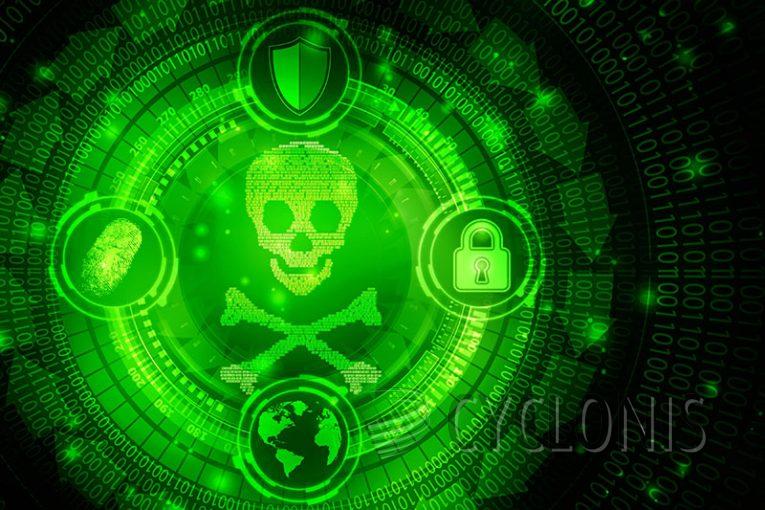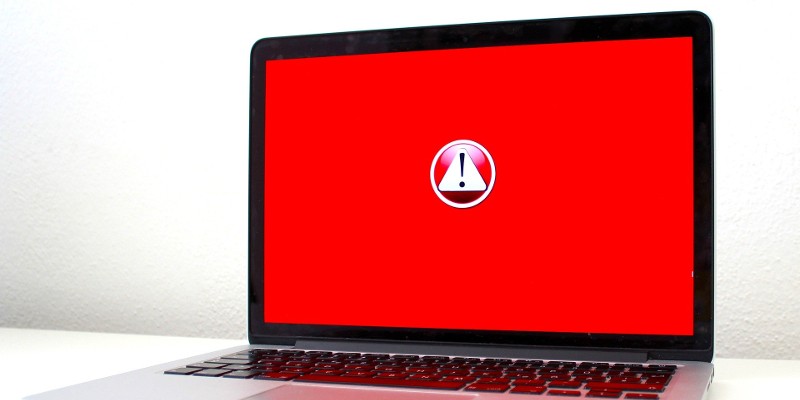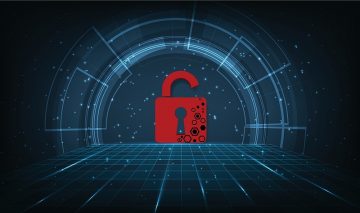Hgjzitlxe Ransomware Targets Businesses

During our analysis of malware samples, we discovered Hgjzitlxe, a type of ransomware associated with the Snatch family. Our investigation revealed that Hgjzitlxe encrypts files and adds its own extension (".hgjzitlxe") to the original filenames. To further intimidate victims, it creates a ransom note called "HOW TO RESTORE YOUR HGJZITLXE FILES.TXT".
As an example of its file modification behavior, Hgjzitlxe replaces "1.jpg" with "1.jpg.hgjzitlxe", and "2.png" with "2.png.hgjzitlxe", and so on.
The ransom note informs victims that their network has undergone a penetration test, leading to the encryption of their files. The attackers claim to have downloaded over 100GB of data, including personal information, marketing data, confidential documents, accounting records, SQL databases, and copies of email archives.
Victims are strongly discouraged from attempting to decrypt the files themselves or using third-party tools, as the note emphasizes that only their specific decryptor can effectively restore the files. To prevent potential deception by intermediaries, the note advises direct communication with the threat actors.
To gather evidence, explore potential solutions, and request the decryptor, victims are instructed to contact the cybercriminals through the provided email addresses: candice.wood@post.cz or candice.wood@swisscows.email. An alternative method of communication is suggested via Tox chat.
The ransom note concludes with a warning that if no response is received within three days, the cybercriminals will make the encrypted files public.
Hgjzitlxe Ransom Note Indicates Hackers Target Businesses
The full text of the ransom note reads as follows:
THE ENTIRE NETWORK IS ENCRYPTED YOUR BUSINESS IS LOSING MONEY!
Dear Management! We inform you that your network has undergone a penetration test, during which we encrypted
your files and downloaded more than 100GB of your dataPersonal data
Marketing data
Confidentional documents
Accounting
SQL Databases
Copy of some mailboxesImportant! Do not try to decrypt the files yourself or using third-party utilities.
The only program that can decrypt them is our decryptor, which you can request from the contacts below.
Any other program will only damage files in such a way that it will be impossible to restore them.
Write to us directly, without resorting to intermediaries, they will deceive you.You can get all the necessary evidence, discuss with us possible solutions to this problem and request a decryptor
by using the contacts below.
Please be advised that if we don't receive a response from you within 3 days, we reserve the right to publish files to the public.Contact us:
candice.wood@post.cz or candice.wood@swisscows.emailAdditional ways to communicate in tox chat
tox id:
(alphanumeric string)
How Can Ransomware Like Hgjzitlxe Infiltrate Your System?
Ransomware like Hgjzitlxe can infiltrate your system through various methods. Here are some common ways in which ransomware can find its way into your system:
- Phishing Emails: One of the most prevalent methods is through phishing emails. You may receive an email that appears to be legitimate, but it contains a malicious attachment or a link that, when clicked, downloads the ransomware onto your system.
- Malicious Downloads: Ransomware can also be downloaded unknowingly when you visit compromised websites or click on malicious advertisements. These downloads may be disguised as legitimate software or files, tricking you into executing them and infecting your system.
- Exploiting Vulnerabilities: Ransomware can exploit vulnerabilities in your operating system, software, or applications. Cybercriminals actively search for security weaknesses that they can exploit to gain unauthorized access and deploy ransomware onto your system.
- Malicious Websites and Malvertising: Visiting compromised or malicious websites can lead to the automatic download and installation of ransomware without your knowledge. Similarly, malvertising (malicious advertising) can deliver ransomware by embedding it in online ads.
- Remote Desktop Protocol (RDP) Attacks: If you have Remote Desktop Protocol enabled and poorly configured, attackers can exploit weak or default credentials to gain remote access to your system and deploy ransomware.
- Drive-by Downloads: Ransomware can be silently downloaded and installed when you visit compromised websites that have been injected with malicious code. This happens without any user interaction or knowledge.
- Exploiting Network Vulnerabilities: Ransomware can spread within a network by exploiting vulnerabilities in network protocols or unpatched systems. Once inside a network, it can rapidly propagate and infect other devices.








